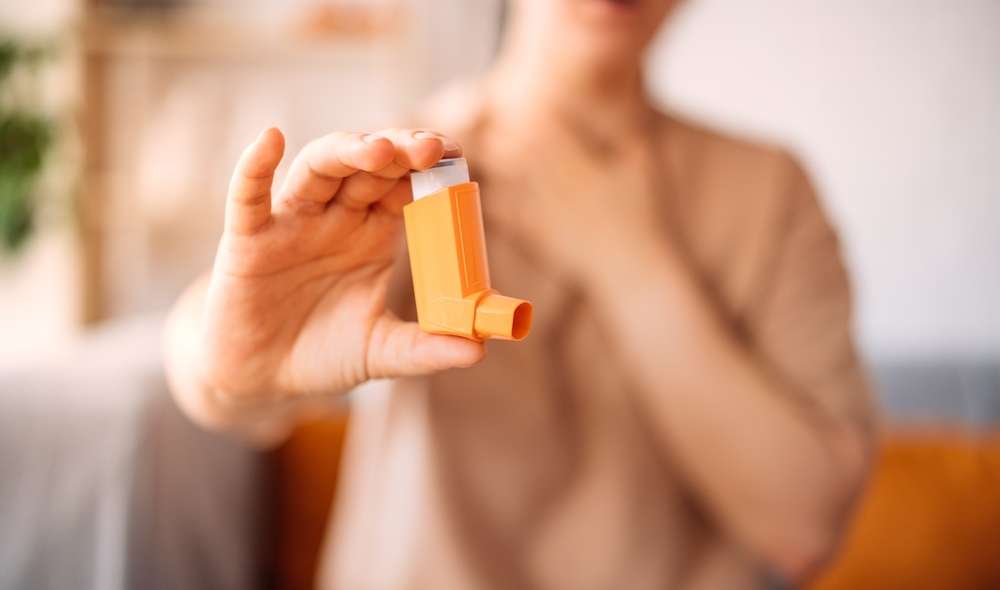Understanding COPD Inhalers: Types, Techniques, and Treatment Options
Chronic Obstructive Pulmonary Disease (COPD) affects millions of people worldwide, making proper inhaler use crucial for managing symptoms and maintaining quality of life. Understanding the different types of inhalers, their mechanisms, and proper usage techniques can significantly impact treatment effectiveness and help patients breathe easier throughout their daily activities.

What Are the Main Types of Inhalers for COPD Management?
Types of inhalers commonly prescribed for managing COPD symptoms and flare-ups include three primary categories: metered-dose inhalers (MDIs), dry powder inhalers (DPIs), and soft mist inhalers (SMIs). Each type delivers medication differently and serves specific patient needs.
Metered-dose inhalers use a pressurized canister to deliver a precise dose of medication in aerosol form. These devices are portable, reliable, and often include spacer attachments to improve medication delivery. Dry powder inhalers require patients to inhale forcefully to activate the medication release, making them suitable for those who can generate adequate inspiratory flow. Soft mist inhalers create a slow-moving mist that lasts longer than traditional aerosols, allowing more time for patients to coordinate their breathing and inhale the medication effectively.
How Do Bronchodilators and Corticosteroids Work in Inhalers?
How bronchodilators and corticosteroids in inhalers help improve breathing involves distinct mechanisms that target different aspects of COPD. Bronchodilators work by relaxing the smooth muscles surrounding the airways, allowing them to open wider and enabling better airflow to and from the lungs.
Short-acting bronchodilators, such as albuterol, provide quick relief during acute symptoms and typically last 4-6 hours. Long-acting bronchodilators, including formoterol and tiotropium, offer sustained relief for 12-24 hours and help maintain consistent airway opening throughout the day.
Corticosteroids reduce inflammation in the airways, decreasing swelling and mucus production that can obstruct breathing. When combined with bronchodilators in combination inhalers, these medications address both the immediate bronchospasm and underlying inflammatory processes that characterize COPD, providing comprehensive symptom management.
What Techniques Ensure Effective Medication Delivery?
Correct inhaler techniques to ensure effective COPD medication delivery vary depending on the inhaler type, but several universal principles apply. Proper coordination between inhalation and medication release is essential for optimal drug deposition in the lungs.
For metered-dose inhalers, patients should exhale completely, place lips around the mouthpiece creating a seal, begin inhaling slowly and deeply while simultaneously pressing down on the canister, continue inhaling for 3-5 seconds, hold breath for 10 seconds if possible, and exhale slowly. Using a spacer device can significantly improve medication delivery and reduce side effects.
Dry powder inhaler technique requires patients to exhale away from the device, create a tight seal around the mouthpiece, inhale quickly and deeply to activate the powder release, hold breath for 10 seconds, and exhale away from the device. The key difference is the need for a forceful, quick inhalation rather than the slow, steady breathing used with MDIs.
How Should Patients Choose Between Different Inhaler Types?
Factors to consider when choosing between metered-dose dry powder and soft mist inhalers include individual breathing capacity, coordination abilities, lifestyle preferences, and specific medication requirements. Healthcare providers evaluate these factors alongside patient-specific needs to determine the most appropriate option.
Patients with limited inspiratory flow or severe COPD may benefit more from metered-dose inhalers with spacers or soft mist inhalers, as these require less forceful inhalation. Those with good coordination and adequate breathing strength might find dry powder inhalers more convenient due to their portability and lack of propellants.
Arthritis or hand strength limitations can affect a patient’s ability to operate certain inhaler mechanisms, making soft mist inhalers or breath-actuated devices more suitable. Environmental considerations, such as cold weather affecting MDI performance, may also influence inhaler selection for patients in certain climates.
What New Developments Are Improving COPD Treatment?
Latest advancements and trending inhaler options enhancing COPD treatment in 2025 include smart inhaler technology, improved drug formulations, and enhanced delivery mechanisms. Digital inhalers with built-in sensors can track usage patterns, remind patients when doses are due, and provide feedback on inhalation technique to healthcare providers.
Triple therapy combinations that include long-acting bronchodilators and corticosteroids in single devices are becoming more common, simplifying treatment regimens and improving patient adherence. New propellant-free technologies are developing to address environmental concerns while maintaining effective drug delivery.
Personalized medicine approaches are also emerging, with genetic testing and biomarker analysis helping clinicians select the most appropriate inhaler medications and delivery methods for individual patients based on their specific COPD phenotype and treatment response patterns.
| Inhaler Type | Example Brands | Monthly Cost Range | Key Features |
|---|---|---|---|
| Metered-Dose Inhaler | Ventolin, ProAir | $30-$200 | Portable, spacer compatible |
| Dry Powder Inhaler | Spiriva, Advair Diskus | $150-$400 | No coordination required |
| Soft Mist Inhaler | Spiriva Respimat | $200-$350 | Slow-moving mist |
| Combination Therapy | Symbicort, Trelegy | $250-$500 | Multiple medications |
Prices, rates, or cost estimates mentioned in this article are based on the latest available information but may change over time. Independent research is advised before making financial decisions.
Understanding COPD inhalers and their proper use is essential for effective disease management. The variety of available options ensures that most patients can find a suitable delivery method that matches their abilities and lifestyle requirements. Working closely with healthcare providers to select appropriate inhalers, master proper techniques, and stay informed about new treatment options can significantly improve COPD outcomes and quality of life.
This article is for informational purposes only and should not be considered medical advice. Please consult a qualified healthcare professional for personalized guidance and treatment.




